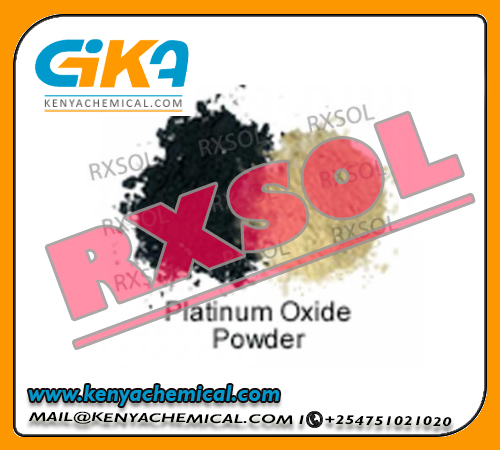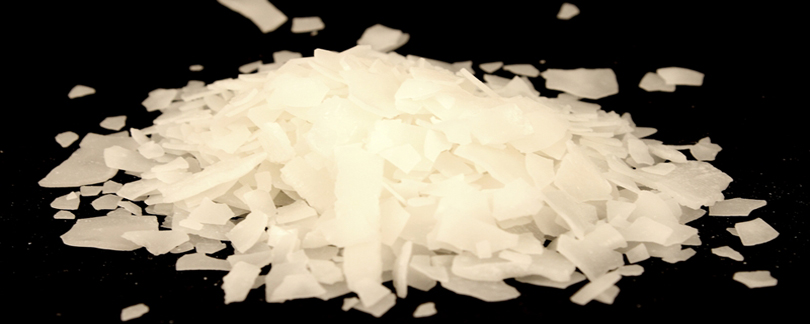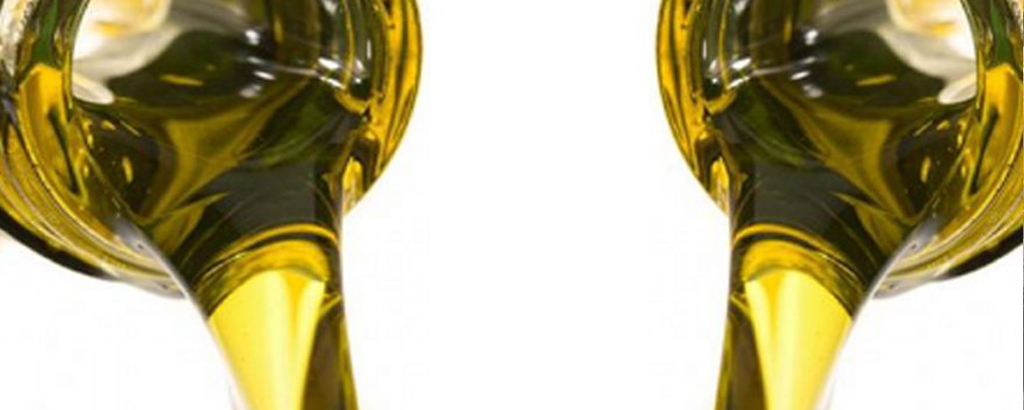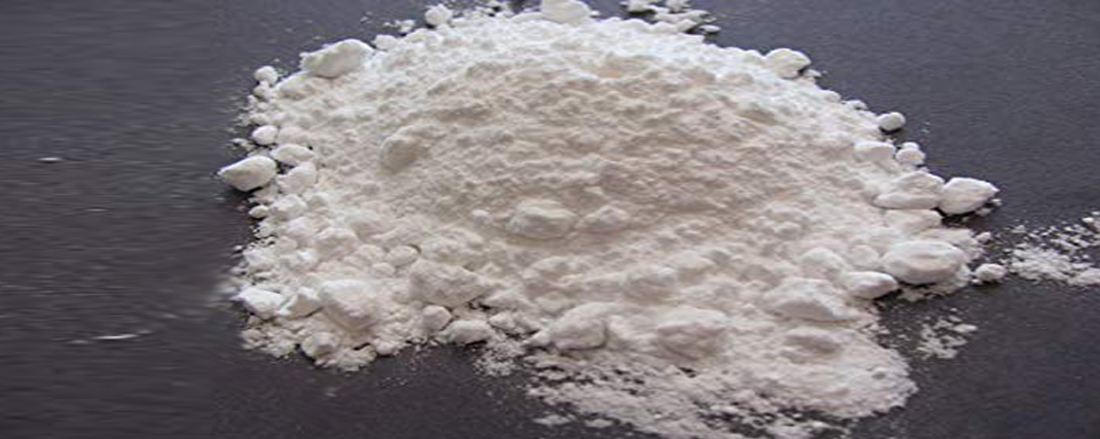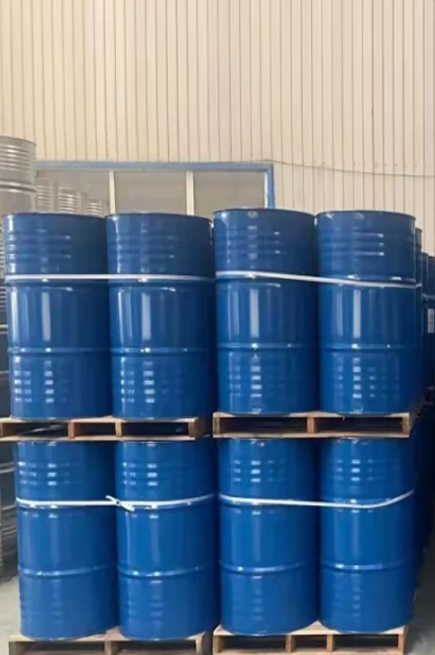PLATINIUM OXIDE Pt 80%
Ultrasmall platinum nanoparticles on carbon catalyst supports undergo oxidation in ambient air. A systematic survey of carbon supports with controlled pore structures was conducted to isolate the effect of pore structure on particle size and resistance to oxidation. It was found that carbon supports with higher microporosity gave larger metal particles at high metal weight loadings whereas the particle sizes remained independent of pore size at low weight loadings.
Of the 218 tonnes of platinum sold in 2014, 98 tonnes were used for vehicle emissions control devices (45%), 74.7 tonnes for jewelry (34%), 20.0 tonnes for chemical production and petroleum refining (9.2%), and 5.85 tonnes for electrical applications such as hard disk drives (2.7%). The remaining 28.9 tonnes went to various other minor applications, such as medicine and biomedicine, glassmaking equipment, investment, electrodes, anticancer drugs, oxygen sensors, spark plugs and turbine engines.

